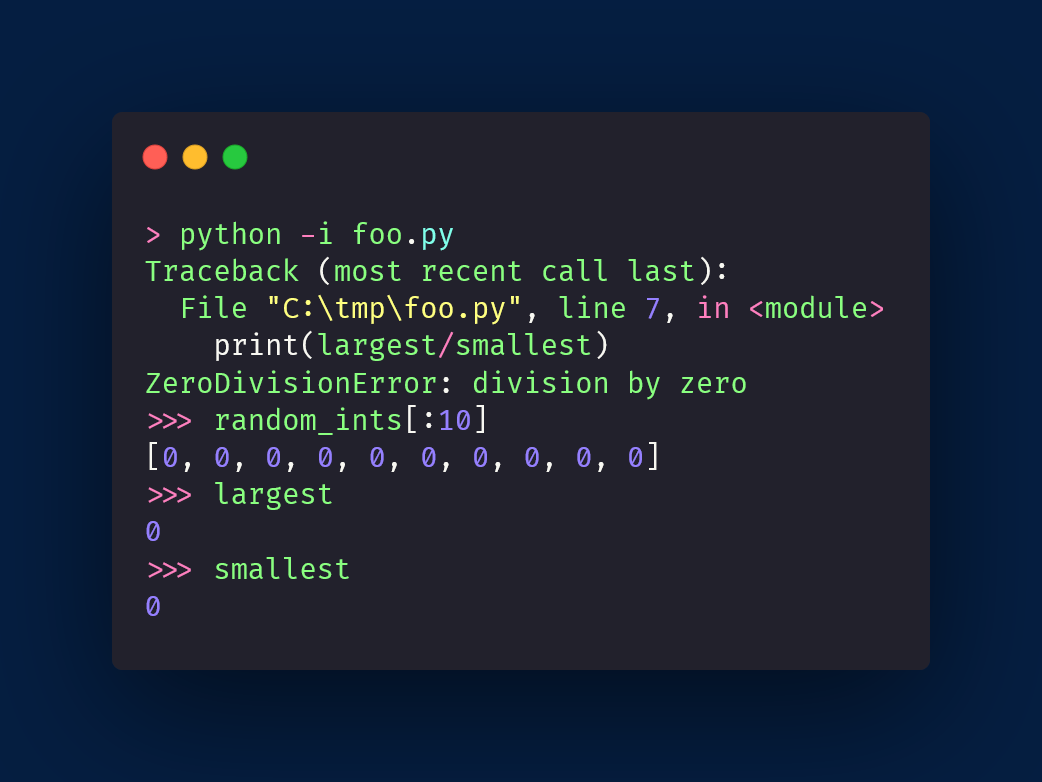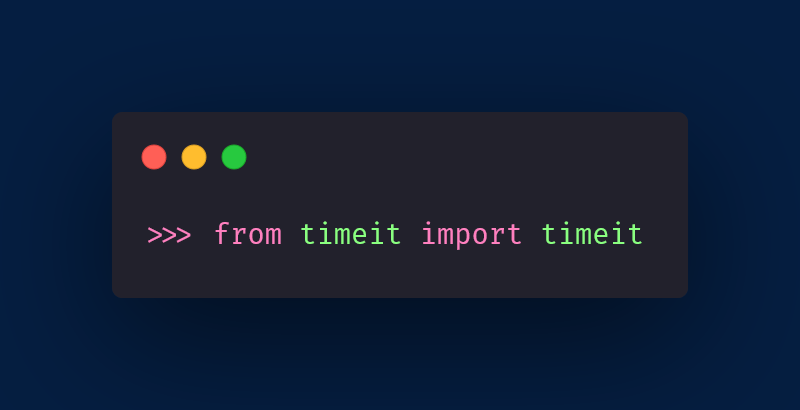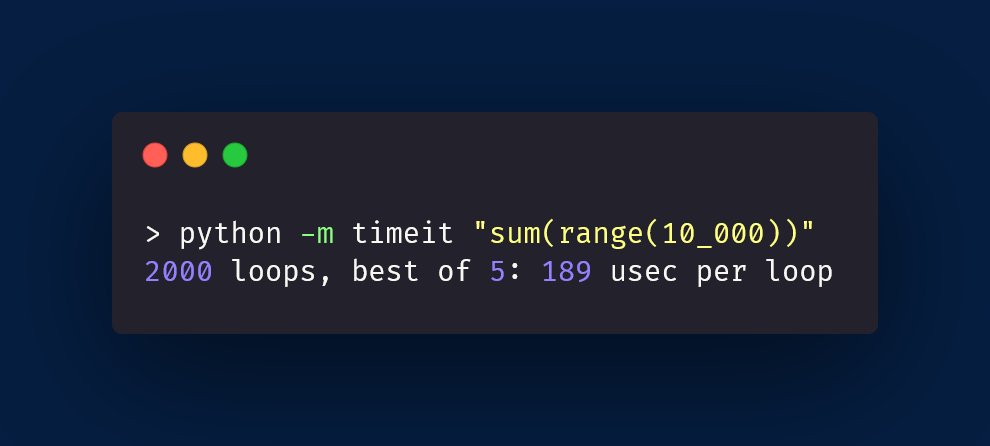
Did you know that Python 🐍 supports keyword argument unpacking?
What's that?
If you have a function that accepts a series of arguments: `arg1`, `arg2`, ...
And if you have a dictionary with keys named `arg1`, `arg2`, ...
Then you can use the dict's values as arguments:
What's that?
If you have a function that accepts a series of arguments: `arg1`, `arg2`, ...
And if you have a dictionary with keys named `arg1`, `arg2`, ...
Then you can use the dict's values as arguments:

The `**` in front of `kwargs` does the unpacking in the function call.
`my_func(kwargs)` – this calls `my_func` with a single argument, the `kwargs` variable (a dictionary in the image above)
...
`my_func(kwargs)` – this calls `my_func` with a single argument, the `kwargs` variable (a dictionary in the image above)
...
`my_func(**kwargs)` – this calls `my_func` with one named argument for each (key, value) pair in the dictionary.
E.g., in the above,
`my_func(**kwargs)` unpacks to `my_func(a=73, b="hey!", c=(1, 10))`.
E.g., in the above,
`my_func(**kwargs)` unpacks to `my_func(a=73, b="hey!", c=(1, 10))`.
For functions that only accept a couple of arguments, this may not be that useful...
But this is great when you get data from somewhere else.
For example, if you get a JSON response from an API call (usually a Python dict), containing data that you need to use elsewhere.
But this is great when you get data from somewhere else.
For example, if you get a JSON response from an API call (usually a Python dict), containing data that you need to use elsewhere.
• • •
Missing some Tweet in this thread? You can try to
force a refresh











